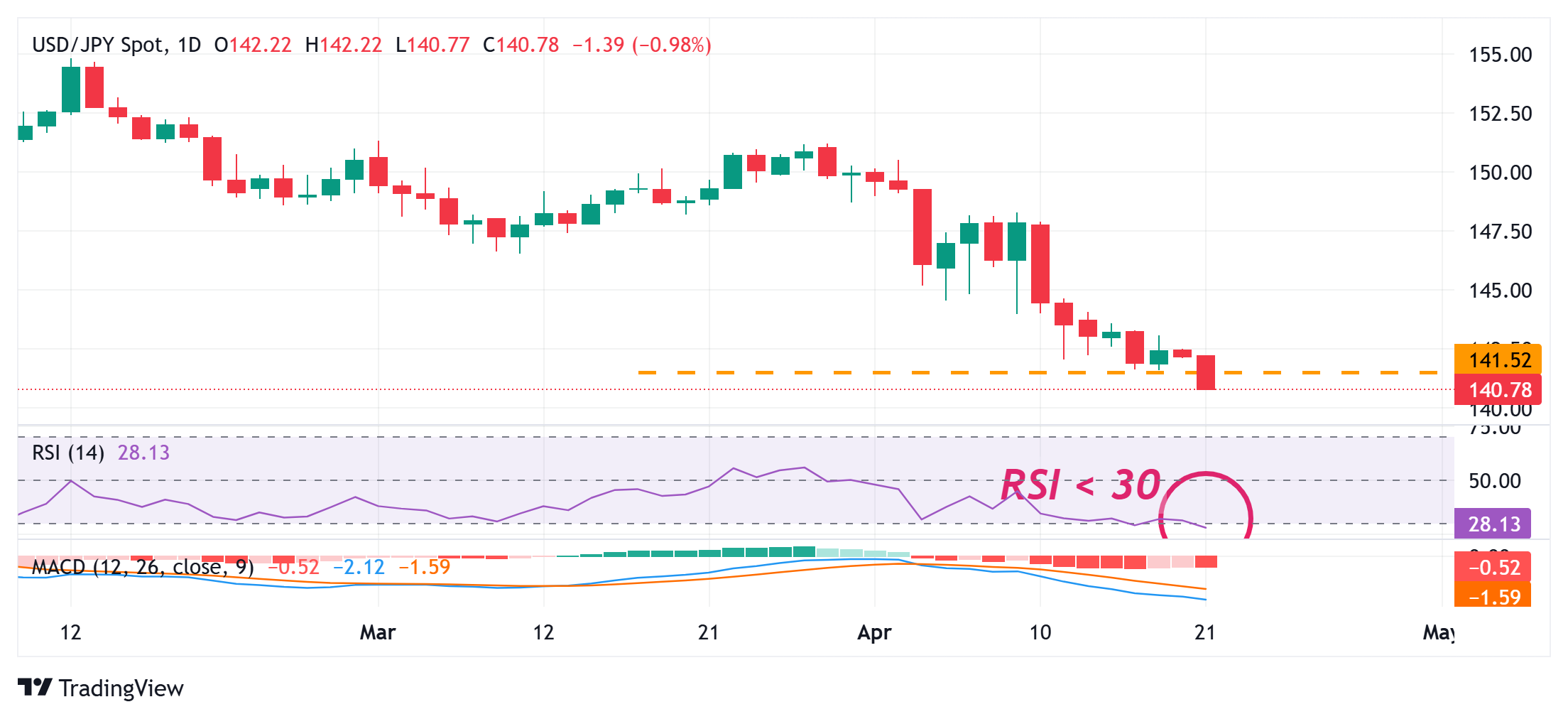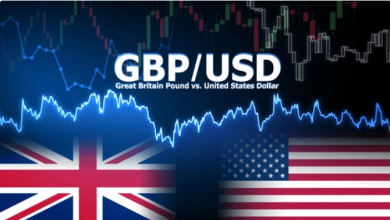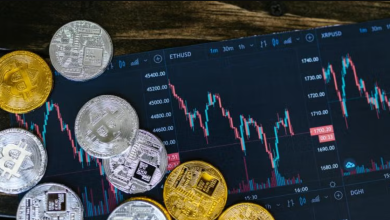JPY adds to strong intraday gains against bearish USD amid the global rush to safety
- The Japanese Yen continues to attract safe-haven flows amid trade-related uncertainties.
- The divergent BoJ-Fed policy expectations also contribute to the USD/JPY pair’s decline.
- Slightly overstretched conditions on the daily chart warrant some caution for the JPY bulls.
The Japanese Yen (JPY) builds to its strong intraday gains against a broadly weaker US Dollar (USD) and drags the USD/JPY pair further below the 141.00 mark, to the lowest level since September 2024 during the Asian session on Monday. Investors remain worried about the potential economic fallout from the uncertainty about US President Donald Trump’s trade tariffs and the escalating US-China trade war. This, along with the optimism over the US-Japan trade deal, continues to drive flows towards the safe-haven JPY.
Apart from this, bets that the Bank of Japan (BoJ) will continue raising interest rates, bolstered by data showing that Japan’s core inflation accelerated in March, turns out to be another factor underpinning the JPY. The USD, on the other hand, dropped to a fresh two-year low as Trump’s back-and-forth tariff announcements have dented investors’ confidence in the US economy. This contributes to the offered tone surrounding the USD/JPY pair and supports prospects for an extension of the recent well-established downtrend.
Japanese Yen bulls retain control as trade-related uncertainties continue to boost safe-haven demand
- Concerns about US President Donald Trump’s back-and-forth tariff announcements continue to weigh on investors’ sentiment and underpin demand for traditional safe-haven assets, including the Japanese Yen.
- The new US ambassador to Japan said on Friday that he is optimistic about a deal in the ongoing US-Japan tariff negotiations. Moreover, Japan’s Prime Minister Shigeru Ishiba said on Sunday that he wants to make the ongoing Japan-US tariff talks a model for negotiations between the US and other countries.
- Ishiba added that Japan seeks fairness in currency talks with the US and suggested flexibility on US accusations of non-tariff barriers to the Japanese automobile market. This continues to fuel hopes that Japan might strike a trade deal with the US and turns out to be another factor driving flows toward the JPY.
- Bank of Japan Governor Kazuo Ueda last week signaled the potential to pause the rate-hiking cycle and said that the central bank may need to take policy action if US tariffs hurt the Japanese economy. Moreover, reports suggest that the BoJ will cut its growth forecasts amid heightened risks to the fragile economic recovery.
- However, BoJ Governor Kazuo Ueda said that Japan’s real interest rates remain very low and that the central bank is expected to keep raising interest rates if the economy and prices move in line with projections. The view was further echoed by BoJ board member Junko Nagakawa.
- Adding to this, government data released on Friday showed that Japan’s core Consumer Price Index (CPI), which excludes fresh food prices, accelerated to the 3.2% YoY rate in March from a 3% gain in the previous month. Furthermore, core-core inflation, which excludes both fresh food and energy, rose 2.9% vs 2.6% in February.
- This points to broadening inflation in Japan and leaves the door open for more rate hikes by the BoJ. In contrast, traders largely shrugged off Federal Reserve Chair Jerome Powell’s relatively hawkish comments last Wednesday and seem convinced that the US central bank will resume its rate-cutting cycle in June.
- Meanwhile, the recent sell-off in the US bond market suggests that investors are losing confidence in the US economy. This further contributes to the ongoing US Dollar downfall to its lowest level since April 2022 and drags the USD/JPY pair below the 141.00 mark for the first time since September 2024.
USD/JPY seems vulnerable to depreciate further; breakdown below the 141.00 mark comes in play

From a technical perspective, the daily Relative Strength Index (RSI) is already flashing slightly oversold conditions and warrants some caution for bearish traders. Hence, it will be prudent to wait for some near-term consolidation or a modest bounce before positioning for an extension of the USD/JPY pair’s well-established downtrend witnessed over the past three months or so.
In the meantime, attempted recovery might now confront some resistance near the 141.60-141.65 region. This is followed by the 142.00 round figure and the 142.40-142.45 hurdle, above which a fresh bout of a short-covering move could lift the USD/JPY pair to the 143.00 mark en route to the 143.25-143.30 zone. Any further move up, however, might still be seen as a selling opportunity.
On the flip side, a sustained break and acceptance below the 141.00 mark could be seen as a fresh trigger for bearish traders and make the USD/JPY pair vulnerable. The subsequent downfall could drag spot prices to the 140.45-140.40 intermediate support en route to the 140.00 psychological mark. The downward trajectory could extend to the 2024 yearly swing low, around the 139.60-139.55 region.






